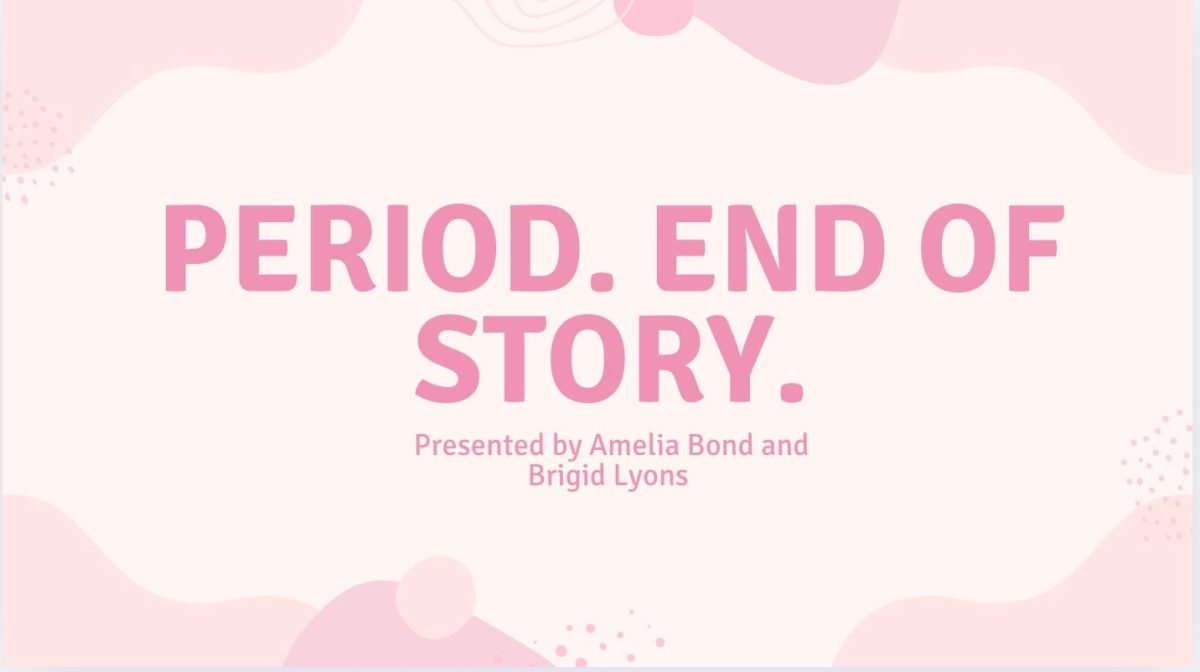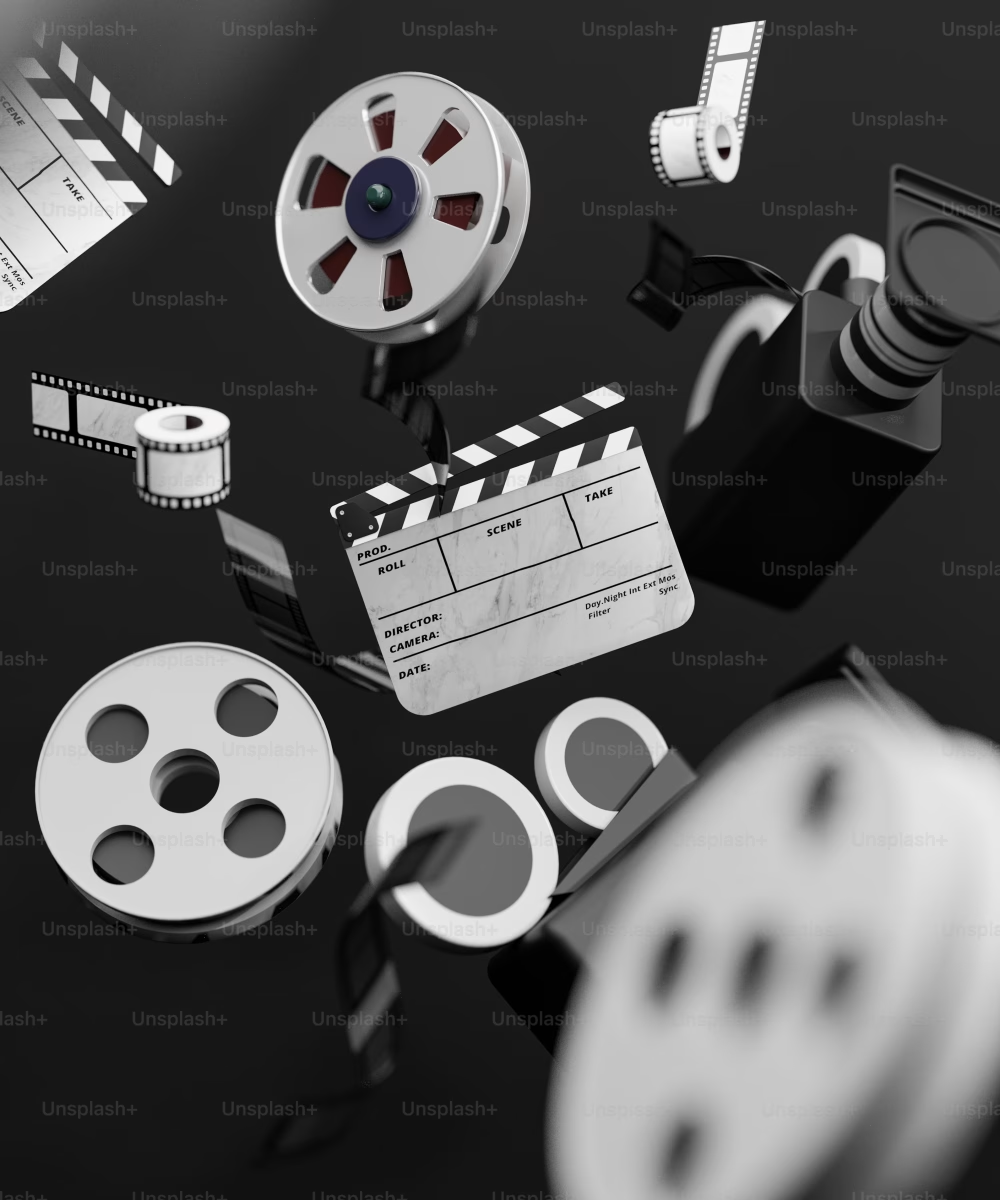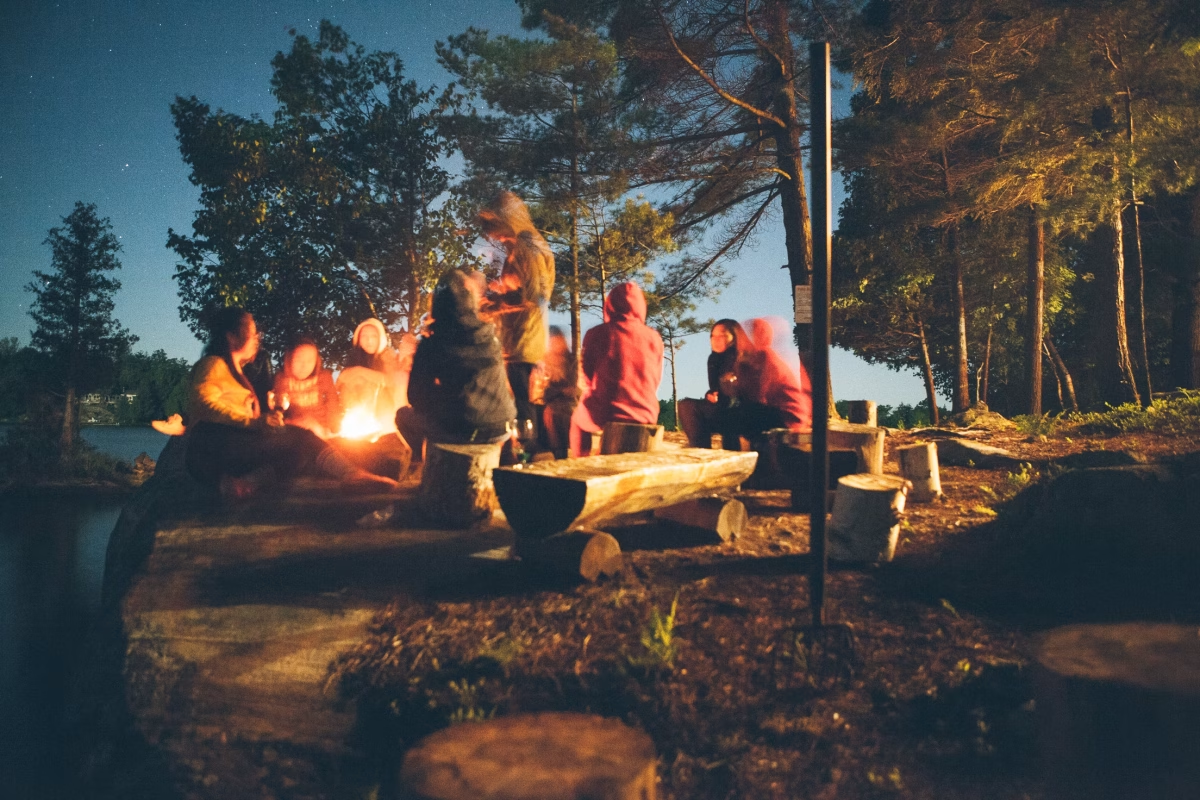
Maeve Condron: So, what brought you to Bancroft?
Mr. Harrington: I started off teaching at WPI, in 2016, and it was great. I was working for the robotics engineering program and working with the professors there to develop a cohesive curriculum from freshman year all the way up to senior year. I was there for four years. It was great, I kept working on that project until some new decision-making folks came in changed the direction of the program, and moved it away from “make everything” to “buy stuff.” I wasn’t interested in that.
So I went into industry for a bit. That was awful, I don’t like being in industry and decided to come back to education.
Yeah, so with this opportunity, I started having a conversation with Mrs. Heinricher about what was coming up over this past summer and preparing to make the transition, and, got started just a week before the school year started which was an exciting start to the day.
I had not taught the kids as young as the lower school, so that was a challenge. Well, it was more of a fear than a challenge. Like, it worked out. I was not experienced, but I was seemingly prepared enough. So that was good. But what brought me here? Mrs. Heinricher. Mrs. Heinricher brought me here.
Mrs. Heinricher has been working on this program for years. Back before I started at WPI, I was assistant coach of the Robodogs with her during the year that we all went to Worlds. That was a lot of fun. That’s how I got to know her. We met at Technicopia in 2013, and…
Maeve Condron: That’s your makerspace, right? You mentioned it when you came and talked to my class last year.
Mr. Harrington: Yeah, makerspaces are community tool shares. You can think of it like a gym membership for tools and equipment. I founded Technocopia in 2013. That first year, Mrs. Heinricher came in and was looking for people doing cool stuff to bring into her classes, and that’s when Bowler Studio and I came into our first physical computing class.
And from there, Robodogs, I went to WPI, and around we go.
Maeve Condron: That’s great! So, what has been your favorite part of Bancroft so far?
Mr. Harrington: Really, the kids are wonderful. They’re kind. That was what I was always afraid of teaching kids, running into unkind kids and not knowing how to deal with anyone being unkind, never mind someone small and who doesn’t know better. But I haven’t encountered that. The kids here have been fantastic. Kindness is always number one for me, so seeing that pervasive throughout, not having to remind people too many times that. You know, “That’s unkind, don’t say that,” and never more than once.
The kids first and foremost, their kindness. And then secondly, their excitement and interest in making stuff. Like, the fact that there is a strong desire from third grade to make things. And it went so well that now our first and second graders are complaining to us. “When do we get to make our name tags?”
Oh boy, how do we get you to make a name tag? Good question. We’ll figure it out. Was not planning to do it that young, but we can, we’ll adjust. Seeing that hunger for design, for manufacturability. It’s really what I want to bring to everyone here. This year is focused on bringing the concept that you can imagine something, visualize it on the computer, and then you can make whatever you see on the computer physically real.
You can do that. Everyone. In the same way that everyone sees a printed piece of paper and thinks, “If I wanted to, I could do that. Come up with something to put on paper, use a tool to make that, and print it.” Nobody feels like that’s outside of their capacity. I want that same idea of “Of course, I could just design something in 3D and print it,” for everyone.
It’s not a special skill, that’s not an engineering skill, that should be base level. Everyone has access to that. If that’s how this year turns out, that’s my metric for a very successful year.
Maeve Condron: So, on that note, what parts of robotics and making stuff do you find appealing?
Mr. Harrington: My interest is mostly in making tools. I design tons and tons of open-source stuff. I just added another one, so I’m up to 14 Arduino libraries that I maintain. That includes all of the core functionality for the ESP32 core, to the point where they brought a bunch of my code into the main branch now, so mainline Arduino uses it. Which did, however, break a bunch of my libraries, but whatever.
I see those as tools, useful tools. I can make something of value, I can put in the effort once, and then there’s no end to the utility, to other people’s access, so they can do something they couldn’t do before.
Like these little Wii nunchucks. If you’ve ever connected a Wii nunchuck to an Arduino before, you used one of my libraries. There’s only one, and it’s mine. There’s a whole bunch of things that I wrote libraries for. The idea is to enable people to make stuff.
And that’s really how I see open source, the minimum level of necessity for designing something so that it’s not lost when you’re done with it. People make things all the time and they can’t be accessed by anyone else, that’s fine, but it’s not my interest.
My interest is reusability, making tools, and enabling others. So if I’ve done my job well, others can use my tools to create even more interesting stuff than just the tool.
Maeve Condron: That sounds really fun. I know you’ve also mentioned an interest in philosophy and economics.
Mr. Harrington: Oh boy, don’t get me in trouble.
Maeve Condron: Without getting yourself in trouble, is there anything you can tell me about what’s appealing there?
Mr. Harrington: When a robot makes a thing, who owns it and why? Maybe a better way to phrase it is who ought to own it and why. It’s not a simple question. It’s not meant to be a simple question. You can go back to sort of the core philosophical definitions of property. Whether you want John Locke or Thomas Hobbes, there’s a concept that, in order for property to be just, you have to have mixed your labor with that physical item to make new property. But in this case, the robot made the thing. Nobody mixed their labor. How could it be owned? And that question without an answer is the source of a lot of reading and a lot of investigation I’ve been doing over the past few years.
It’s not clear. It’s not clear what the answer is. And every time I tell my printer to print more than one copy of a design, who gets the next one? Yeah, you may have designed the thing and you mixed labor with your design you get the first copy. But, you didn’t add more labor to make the second one Now, who does that belong to? It’s a fascinating question and that’s where a lot of the philosophical questions come into play.
New ideas are here needed. Whenever you run into a core definitional topic for society, like what is property? Not having a clear answer is worth investigating. Everyone needs to answer this question for themselves. Who ought it belong to and why? And I think that is especially true as every kid is now going to imagine things, see them in 3D, and then have a robot make them for them.
Another way of framing it is what do we owe to each other? And that’s a different question. That’s a totally different question and the physical object has a lot less to do with it. From that perspective, there are very interesting conversations to be had now.
And a lot of the old answers are wrong. Both of the core definitions are wrong because both of them define labor as how value is constructed. So what about no labor? Right. Mind blown.
Maeve Condron: That is fascinating. Slight change of topic here. If you could have five minutes to speak to one person, who would it be and why?
Mr. Harrington: Rather than answering your question, I’ll divert it. I got one of those. One of the people that I really wanted to ask some questions to was someone who runs major banks.
But I couldn’t get a hold of someone who runs major banks, so I got a hold of the Chairman of the Federal Reserve instead, and I got a two-hour dinner meeting with Paul Volcker, the former Chairman. He had just come off duty. I got two hours through a wacky conversation on Reddit of all places. Someone posted “Hey, I donated a bunch of money and now I have a private meeting with Paul Volcker, but I’m going to be out of the country. Who’s got the most interesting question to ask him?” The responses were just like, snarky response, snarky response, snarky response. And I was like, “So robots are making stuff and it seems like the amount of labor necessary to produce all the things is reducing over time. And yet the amount of stuff is increasing over time, so what’s the plan? This seems like an issue.”
It turns out it was a real prompt, and I was the only one who made a serious response. And so I was just gifted this meeting in Boston with Paul Volcker. So I asked the question. “What’s the plan, man? I’m a little nervous. This seems not stable. This seems actively unstable.” And Paul Volcker’s response was classic. “It’s the most important question that nobody wants to talk about.” That’s it! That was it! Done. Never addressed. Didn’t further address it.
So there isn’t a plan. There is, officially, not a plan. The plan is, that whatever happens, happens. That was basically the end of my entrepreneurial period. That was really the shifting point for me.
Maeve Condron: Wow. I’ve got just a few more questions here. Is there any advice you would give to Bancroft students?
Mr. Harrington: Probably the most valuable advice I would’ve given myself in high school is don’t ignore the humanities side while you’re studying engineering. Engineering is important, but if you don’t have a contextual framing for it, you can end up in a place where, once you do start paying attention to the philosophical framing, you won’t like where you are.
Engineering has a lot of stuff, but engineering doesn’t make any decisions in the world. Not a single one. Everything is made with business decisions. If you don’t understand what those decisions are and how they’re made, you can end up in some really weird places. So, pay very close attention to philosophy.
What do you believe, and why do you believe it? How did you come to that knowledge that you think you have? If you have a belief, make sure you understand not only your own argument but the counterarguments. If you’re gonna read John Locke, you should read Thomas Hobbes too. It’s important to understand what something is to know you don’t believe it. If you think you don’t believe something, read it. Read it all the way through and make sure you’re not just misunderstanding it and disliking your misunderstanding.
And so I would encourage you to spend time with the philosophy. Spend time with literature. Poetry is equally important to everything you’re going to learn in your engineering. Not to say that you’re going to get a job with any of that stuff, but you cannot understand your own job without it. You can’t understand your place within the corporate structure until you understand a corporate structure.
Also, know that the job that you have does not have to be the most important thing about you. When I was working in the industry, I hated what I was doing, but it motivated me to put a tremendous amount of effort into open-source work and making tools available to people. So when people asked who I was, I was the founder of a makerspace. I made a lot of open-source tools. “Oh, where do you work?” Ah, I don’t care. I don’t like it.
I didn’t look at those jobs with as much of a critical eye as I could have. It was, how much money can industry actually earn me? It’s a question worth answering. But it’s also not. It does not satisfy anything to have that answer. Oh, that’s a number. Numbers are numbers, you know.
Maeve Condron: All righty. We’ve heard some of your music here in the Robotics Club. Hmm. Do you have a favorite band?
Mr. Harrington: Right now, I’d say AJJ. Maybe the Mount Goats too. I don’t know. I’ve just been listening to a lot of folk punk on the way to work. It’s a good way to get amped up and also remember why I’m here and not at corporate-whatever, earning tons of money.
Maeve Condron: Final question here. Is there anything else you’d like us to know about you?
Mr. Harrington: Yeah, if you like making toys or puppets or animatronics, come talk to me. It’s about making sure everyone can do things for the joy of doing them.
Anyone who wants to make something for the joy of creation, that’s absolutely the kind of thing that I totally dig. Likewise, open source software, it’s the most important activity that I do, the most important activity I think anyone with the capabilities to do so can do. I’m actively encouraging people to reach out and say, hey, I want to do open source, or I want to practice building a large application, and I’d like help. Those sorts of projects, especially if they’re going to be open and shared, I’m very actively, looking for folks to reach out, and it’s what I want to help encourage people to do. Does that make sense?
Maeve Condron: Yes! Thank you so much for your time!
Mr. Harrington: All right, rock and roll.






